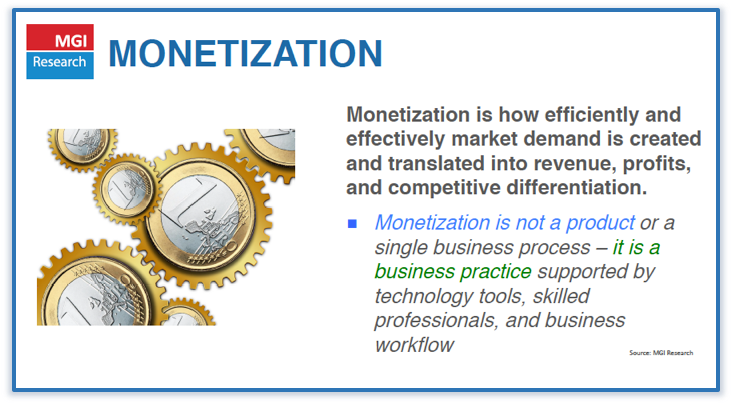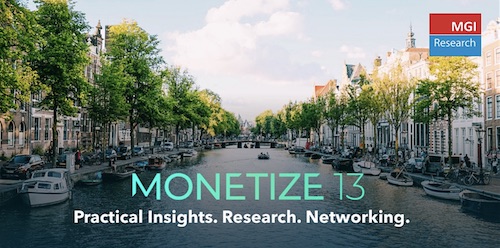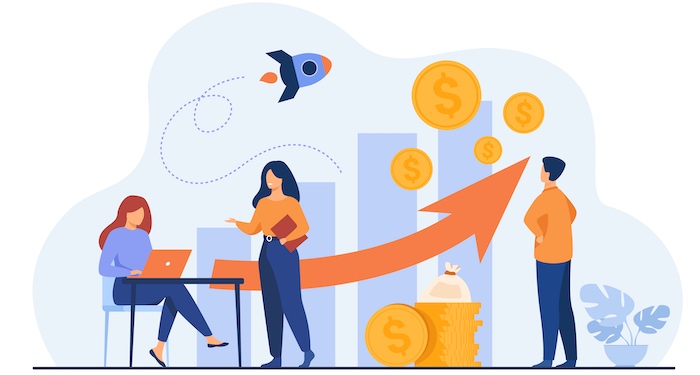13 Symptoms Indicating Need to Fix Pricing, Billing and Monetization
I just recently represented Good Sign Solutions at European Monetize 11 event in Amsterdam. The event concentrated in modern monetization...
2 min read
 Jouko Keränen
:
Oct 31, 2018 12:30:56 PM
Jouko Keränen
:
Oct 31, 2018 12:30:56 PM
![A Monetization Wizard every Service Business needs [DOWNLOAD]](https://www.goodsignsolutions.com/hubfs/image.png)

Picture by Jouko Keränen from "Russell Harty Plus" UK TV show of The Who performing Relay, 1973.
Keith Moon, the legendary drummer for the rock band The Who, was all over the place on his drum kit. Some people thought he was a looney. That’s not true, he was a wizard and knew what he was doing. Like an orchestra or a group of several musicians within one man.
Very much like Good Sign’s automated Monetization Software for forerunner service providers.
Like Keith Moon, Good Sign orchestrates monetization of recurring revenue with novel capabilities. It uses intelligent business rule-based automation to orchestrate service configurations, pricing, billing and monetization.
During my first days at Good Sign Solutions I wanted to find out more about Good Sign’s software. Who is it for, and how to build a monetization wizard? So, how to be a “Keith Moon of Service Business Monetization?” For this I asked some questions from Petri Takala, COO of Good Sign.
For every company offering and running services in a modern way: customer oriented and flexible. These qualities call for service configuration and pricing variation which without automation lead to costly manual processes and revenue leakage.
It is certainly possible to automate some parts of the processes with robotic automation, but service providers should not settle for that.
Good Sign’s Monetization Software is needed, when the goal is to automate the service monetization process.
It operates with rules, like robotics, but beyond that Good Sign operates true service process flow with business rules. It is purpose-built for service business automation.
It offers, for example, configurable service objects, dynamic service parameters, service data model, digital contracts, pricing and recurring revenue charging and billing.
That is one possibility, which is mostly used when standard software option has not been identified. There is a lot of work to custom-define and custom-build complete monetization. Another drawback is that changes in business models, offering or pricing schemes mean more coding. Slow and costly.
The Good Sign Solution is future-proof. Good Sign’s service configurator, business rule engine and dynamic data handling fully allow different business models, products, service configurations, pricing, billing, etc.
No coding is required when introducing new services or changing pricing schemes.
Best proof of it is that Good Sign’s customers can use Good Sign’s standard software, although they represent many different industries and services: from managing co-working services and recurring deliveries, to machine lease and car leasing services to IT capacity and IoT-connectivity services.
Take a look what our customers say:
Absolutely crucial to ensure good interfacing capabilities. Modern automation is intelligent and data-driven. Therefore, APIs and capabilities to integrate, consolidate and validate data from and to the systems in the existing architecture are key to success.
Download a Monetization Wizard and see how you would benefit.
I definitely recommend agile use case approach. And going for quick wins. You can also check how our customers are benefiting.
For example, read more about Fujitsu’s new level in billing:
We are seeing service providers missing 5-10% of service revenue and running extra manual labor costs of 1-1,5 FTE per each 10M of revenue.
For example:

A Proof of Concept (POC) or Minimum Viable Product (MVP) are good ways to start winning quick as long as you select a system allowing to concentrate in data and content, not in feature definitions and coding.

I just recently represented Good Sign Solutions at European Monetize 11 event in Amsterdam. The event concentrated in modern monetization...

Monetize 13 is the only event in Europe focusing purely on monetization, including payments, commerce, billing, and CPQ.

As your business grows, scalability can be essential to success. But it's not only about scaling up operations and adapting to increasing volumes –...